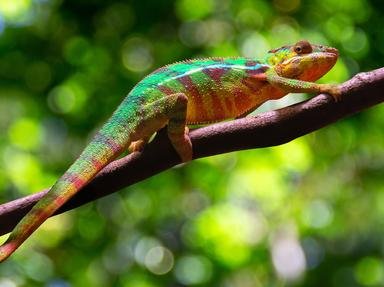Quiz Answer Key and Fun Facts
1. Don't end your sentence with a semicolon.
2. Brussels is the capital of Europe.
3. François Villon was a French poet.
4. Rudyard Kipling wrote "The Jungle Book".
5. Pleonexia is an unusual synonym for greed.
6. The Aztec supreme deity was Quetzalcoatl - the feathered serpent.
7. Let's make a brand new start.
8. Do you really want to rate this quiz poorly?
9. Philip sold me a trinket.
10. Some people can't get wont to rising early.
Source: Author
JanIQ
This quiz was reviewed by FunTrivia editor
Tizzabelle before going online.
Any errors found in FunTrivia content are routinely corrected through our feedback system.
